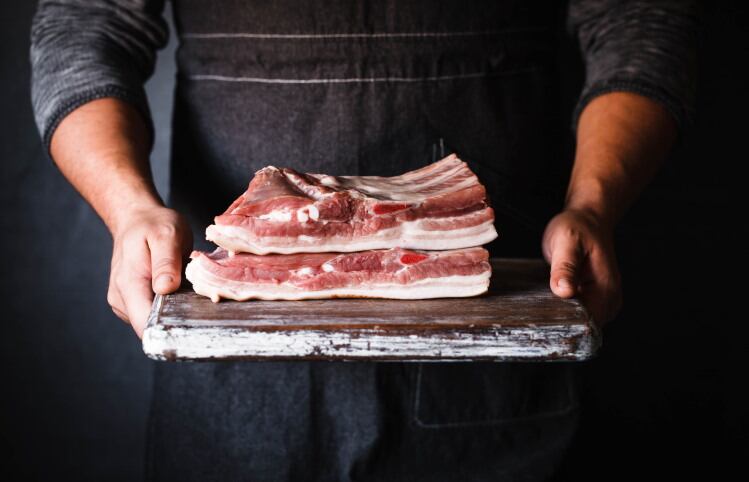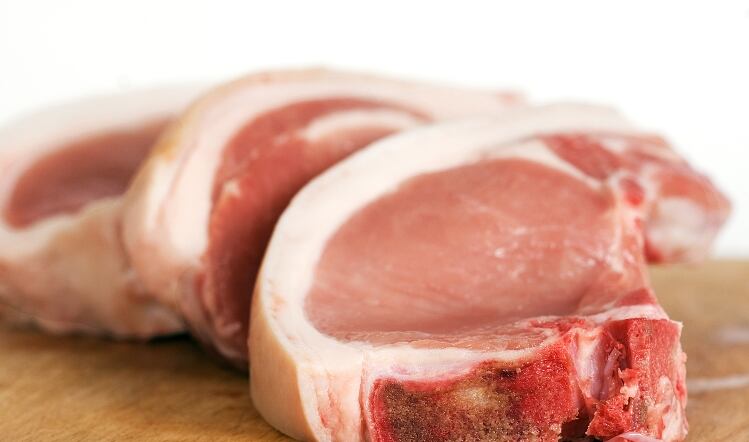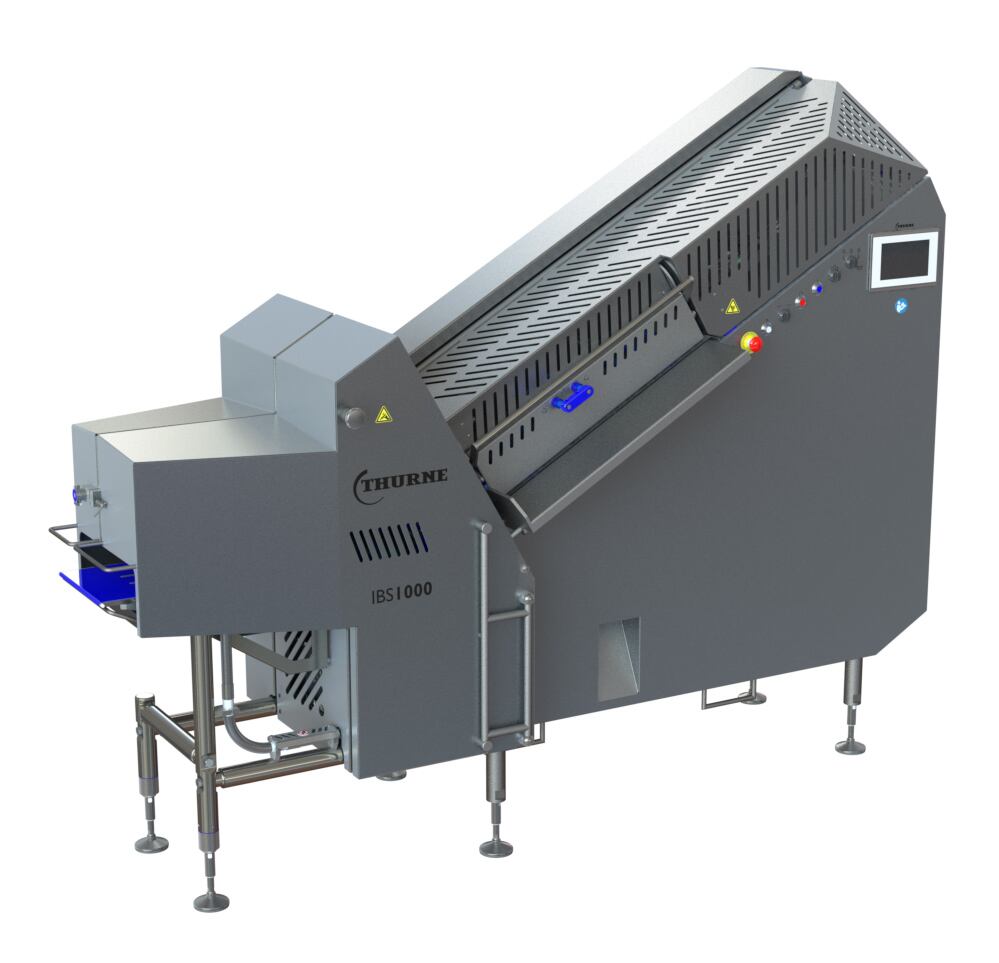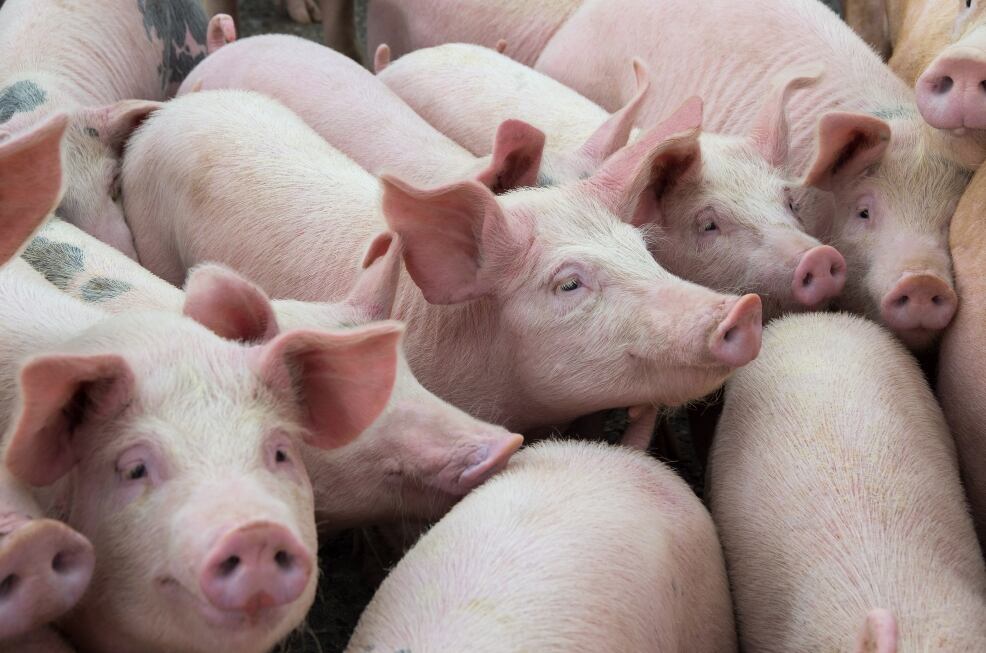COVID-19 restrictions have taken their toll on many parts of the food industry that relied on the hospitality and foodservice sectors. However, pork has emerged from the pandemic in an even better position than it was in this time last year.
According to the Agriculture and Horticulture Development Board (AHDB), pig meat production is expected to slow in the latter part of 2021. But it will still remain above 2020 levels – slaughter is forecast to reach 11.4m head, nearly 5% higher than last year.
Overall, pig meat retail volumes in the 52 weeks ended 13 June 2021 were 4.9% higher year-on-year and up 6.9% compared to 2019. Processed pig meat drove nearly two thirds of that growth.
Scratch cooking
Key factors in pork’s growth have been the rise of scratch cooking during lockdown. Bacon and sausage sandwiches were the biggest winners, with consumption occasions up more than a third – the equivalent of an extra 77m occasions, according to Kantar, in the 52 weeks ended 16 May 2021.
“In 2022, AHDB predicts these trends will continue as we see retail and foodservice continue on its path back to normality,” states AHDB’s latest pork market outlook.
“Eating-out will not return to pre-COVID levels this year and retail sales of red meat may start to suffer again as media noise around the industry accelerates.
“Overall pig meat volumes for the full year 2022 are expected to be down -3% versus 2021, and down -1% versus 2019.”
Maintaining momentum

In order for the pig meat industry to maintain the growth experienced in 2021, the AHDB suggested five steps to help keep up momentum.
- Encourage consumers back out of their homes. Opportunities in the eating-out market include personalisation, indulgence, quality cues and pushing reputational factors such as health, sustainability and backing British.
- Encourage shoppers in-store by improving the experience of the meat aisle.
- Continue to innovate – tap into demand for big seasonal events such as barbecues and Christmas – while also meeting different price points for consumer budgeting.
- Address health concerns by communicating the health benefits of pork.
- In the longer term, look to maintain and build consumer trust, demonstrating farming values (animal welfare, environmental stewardship and expertise) shared with consumers.
Pilgrim’s Pride UK insight director Kelly Eastwood commended the industry’s resilience in the face of the one-two punch that has been the coronavirus pandemic and the outbreak of African Swine Fever. ASF’s impact has led to more product remaining in domestic European markets and caused some price instability.
“Some of the more recent events – such as the so-called ‘pingdemic’ – have simply compounded long-term issues the industry is facing around labour shortages following Brexit,” she adds.
“However, the pace of change has required businesses to adapt quickly to overcome these challenges and as a result many have continued to thrive. Indeed, in many markets, pork has experienced something of a resurgence. The unique combination of events has also created a significant shift in consumer behaviour unlike anything we’ve seen before.
“Eating occasions have altered dramatically, with a greater emphasis on at-home consumption and locally-produced foods. Manufacturers have had to alter their operations accordingly to help their customers meet these changing demands and capitalise on new opportunities.”
At-home
With the closure of the hospitality and foodservice sectors, producers have had to turn their attention towards the at-home market.
This shift in demand was further fuelled by a change in meat consumption by consumers, who became more concerned with the healthy credentials of the food they were eating.
“Consumers are increasingly aware of the functional benefits of food and they care more deeply than ever about living healthier lifestyles,” Eastwood continues. “Our industry is doing a lot of work to promote the benefits of eating meat as part of a healthy, balanced diet, and producers and manufacturers are focussed on innovating to meet these new consumer demands.”
While steps have been taken to reduce the fat content of pork products, a balance has to be struck, she argues. For a product like sausages, high meat content is indicative of quality in the eyes of many consumers, but it naturally means higher levels of fat.
Quality
“Quality is still a top priority for customers, especially when it comes to products like sausages, so any steps to remove fat should strike a happy medium,” Eastwood adds. “There’s also a risk that low-fat pork cuts may become stringy and tough, so it’s important to make sure products contain sufficient intramuscular fat so that they remain tender.

“The emphasis on health will only increase in the months and years ahead. The recent ban on the advertising of products high in fat, sugar and salt (HFSS) will lead to more reformulation and changes to production processes. It’s important for manufacturers and producers to make sure they are at the forefront of this innovation if they want to take advantage of the opportunities presented by the changing landscape.”
The UK’s gradual emergence from lockdowns and the Government’s easing of COVID-19 restrictions in a bid to kick start the economy are pretty big changes. After months of working from home and potentially self-isolating, many consumers are eager to get outdoors and socialise once more.
“The main reason for the recent growth in demand for pork in the UK over the summer months has come from outdoor socialising and staycations,” says Stuart Robson, director of trading and purchasing at DB Foods.
“Pork steaks, pork bellies, baby back and spare ribs have all become a favourite on the barbecue grill, both in people’s gardens and with the summer events that are able to go ahead.”
Thurne combines vision system with slicer
In the quest for help maintain quality, Thurne-Middleby has boosted the capabilities of its IBS1000 Bacon Slicer with a vision system, enabling processors to achieve enhanced first time on-weight percentages.
It's the first time Thurne has deployed vision technology on its compact 1000 Series slicers. The system uses a high speed camera and processing system that is able to adjust the thickness of each slice to significantly improve first time on-weights. The increase in first time on-weights reduces rework rates and improves overall yield, as there is less giveaway.
“Thanks to the IBS1000’s new vision system, low and medium volume bacon processors can now benefit from on-weight percentages in excess of 90%,” explains Andrew Neal, sales director at Thurne. “And that’s in addition to the advantages the gripper fed IBS1000 slicer already delivers: market leading throughputs for a slicer of its class and minimum butt ends of less than 100g.”
Slicing accuracy

A new control system, using the latest platforms from Allen Bradley, provides the processing power to support the IBS1000 Vision’s slicing accuracy even at the highest blade speeds. It comes with enhanced on-board diagnostics and production data capture, accessed via new larger controls designed for ease of use.
The IBS1000 Bacon Slicer complies with ready-to-eat hygiene standards and uses a high yield, semi-automatic gripper feed, providing reliable slice thickness control and high quality product presentation, according to Thurne. It's loaded manually via a fast reload mechanism with automatic butt end removal, which, paired with high blade speeds up to 1,650rpm, enabled it to surpass throughputs of 1.8 tonnes/hour, the company claimed.
The machine is the latest Thurne model to incorporate a vision system after the IBS 2000 and IBS 4600 Slicers and its new generation one bacon and two bacon slicers received similar treatment.
Green production
There may be enough to make pork sales sustainable for the moment, but what about the sustainability of production in the face of climate change? The issue has assumed increasing prominence, with environmental campaigns firmly pointing the finger at the meat industry as a major culprit in the generation of greenhouse gas emissions.
The evidence behind these claims have been challenged by the UK industry, while producers keep working to make their businesses more sustainable in that sense.
Danish Crown has pivoted its focus to reducing the carbon footprint of meat and using this as a foundation for increasing earnings on the group’s products. In its eyes, for meat to lose its climate wrecking stigma, farmland must be managed intelligently, slurry should be handled critically, and animal rearing needs careful attention.
“The sharp focus on sustainability is Danish Crown’s opportunity to become even more relevant to customers and consumers than ever before,” explains the company’s chief executive Jais Valeur. “Our goal is not to produce more pigs, but instead to create more value from the raw materials supplied by our farmer owners.”
Transparency
This focus on a more sustainable model puts more emphasis on reporting procedures and transparency towards consumers.
“Meeting our goals together with our owners, we have now once and for all shown consumers, the general public and the industry, that there is a sustainable future for meat and livestock production in Denmark,” Valeur concludes.
Pilgrim’s Pride’s Eastwood claims consumer concern for the provenance of food will create a huge opportunity for pork suppliers.
“The pork industry has a strong story to tell, and it’s up to suppliers and retailers to showcase its true position on health and sustainability,” she added. “It’s why we’re continuing to drive innovation across our product portfolio and lead the way when it comes to ensuring bacon and pork products make their way onto households’ shopping lists.
Pork clearly has a lot of potential to keep growing as we move through the summer and producers underlining strong environmental work could win shoppers over. However, it remains to be seen whether they will be convinced and whether the sales momentum is dampened by the movement towards eating out, hitting areas fuelling industry growth in the past year?
Cultured pork products

Benjamina Bollag, founder and chief executive at cell cultured meat developer Higher Steaks tells Food Manufacture interest in cultured pork products was rising. For her, the issue is rooted in supply, rather than demand.
“We're working on back bacon, streaky, bacon and pork belly at the moment,” she explains. “Beyond that, we’re looking into expanding into different products as well.
“There’s less meat substitutes [for bacon] than some other products. There's a lot that can be done and a lot that can be improved.”
Despite the work underway to bring cultured meat products to market, the hurdle of regulatory approval still stands in the way of a shop bough pork chop appearing on consumers’ plates, says Bollag.
While she’s confident cultured pork products will get regulatory approval, it will still be a long and costly process to do so. However, with more pressure being placed on Government to find sustainable solutions to food shortages, she’s sure the process will be relatively smooth.
Plus, once one country approves cultured pork products, it won’t take long for the rest of the world to catch on. “You don't want to be the last country to approve it.”


